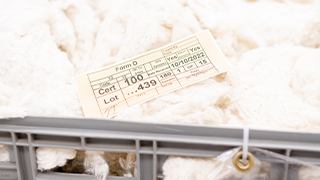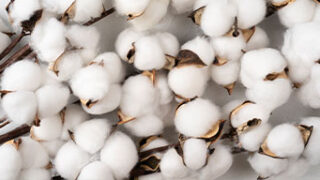Mistakes You May Be Making When Developing Cotton Products
Three Potential Mistakes & How to Fix Them
As a product developer, you know that it’s normal for the creation process to have a few challenges along the way.
Sometimes issues are out of your control, but in some cases—if you’re working with cotton—you may just need to reconsider a few choices during the process in order to end with a better product.
Consider these three potential mistakes you might be making when developing cotton products and the tools to help you fix them:
- Mistake #1: Choosing the wrong cotton fiber qualities
- Mistake #2: Not understanding your sourcing strategy
- Mistake #3: Not designing with circularity in mind

Mistake #1: Choosing the wrong cotton fiber qualities
When you hear the word cotton, it brings to mind a soft, fluffy fiber known for comfort and durability. But it’s important to remember that not all cotton is equal. Every cotton fiber is different and has a different mix of fiber qualities. This is often referred to as cotton grade. Specific fiber qualities or grades of cotton are better suited for certain products. For example, did you know that a dress shirt requires a different cotton grade than a pair of denim jeans?
Every bale of cotton is different and has an appropriate application. In order to determine the grade, cotton samples are taken from the bale of freshly harvested fiber and measured against a set of predetermined grades established by the United States Department of Agriculture (USDA). More specifically, these six fiber quality factors are considered when cotton is being classified:
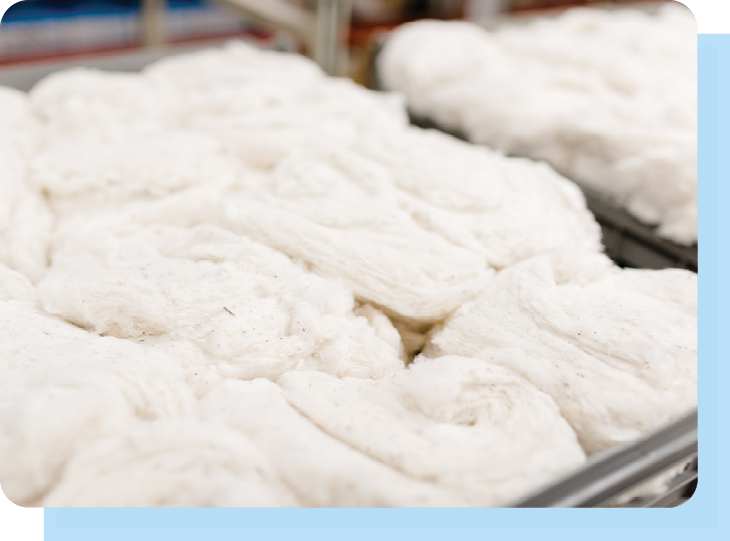

Staple length
impacts yarn strength and evenness, spinning efficiency, and fineness of yarn that can be successfully produced.

Fiber strength
impacts yarn and fabric strength. Most cotton varieties have ample strength for apparel applications.

Length uniformity
impacts yarn strength and evenness and spinning efficiency.

Color
impacts bleaching and preparation of fabric, dyeability, and consistent color output by mill.

Micronaire
impacts yarn strength and evenness, spinning efficiency, and dye absorbance and retention in fabric.

Trash, leaf, and extraneous matter
impacts cleaning efficiency at the mill, spinning efficiency, and fabric appearance.
What does this mean for you?
Simply put, the qualities you choose at the fiber level impact your final product. For example, when creating a cotton t-shirt, if the staple length is too short or if there’s too much trash content, you’re not going to have the super soft t-shirt you’re aiming for. You don’t just buy cotton—you buy the right fiber qualities of cotton to make the best products. Understanding cotton grades and making informed fiber decisions are small steps in the early stages of product development that help you arrive at a better end result.
Ready to learn more?

Mistake #2: Not understanding your sourcing strategy
Do you know where your cotton comes from? It sounds like a simple question, but the reality is that many product development teams are in the dark when it comes to their sourcing strategy.
If your cotton is sourced in the United States, you can have confidence in how it’s grown. The U.S. cotton industry is consistently pursuing improvement in sustainable cotton production to ensure trustworthy and traceable methods. Implementation of research and technology at every stage enhances fiber properties and minimizes the environmental footprint of U.S. cotton.
Federal agencies such as the Environmental Protection Agency, the Food and Drug Administration, and the Occupational Safety and Health Administration ensure that cotton is produced in a regulated and reported manner, including publicly available data for on-field inputs.
Additionally, the USDA uses Permanent Bale Identification (PBI) to identify U.S. cotton along every stage of the supply chain, from the field to the mill. Throughout the Cotton Belt, U.S. cotton is traceable, transparent, and efficient—three attributes that matter for every product you make.
Since cotton is a global agricultural commodity, produced and traded worldwide, it’s possible your cotton isn’t grown in the U.S. with the same level of oversight, making it even more important to understand production practices that can affect sourcing and traceability. That’s why we created our Sourcing Cotton Guide, a tool to inform and support you as you navigate sourcing decisions and challenges.

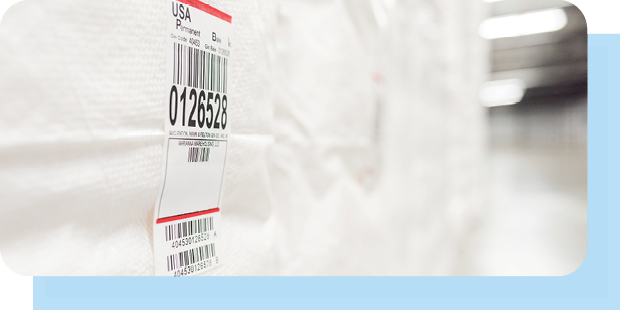
Why is this important for you?
Transparency and trust are important to consumers and when you know your supply chain, you can communicate honest messages about where and how your products are made. And, through understanding your sourcing strategy, you can become more knowledgeable about the fiber qualities and the bale selection process.
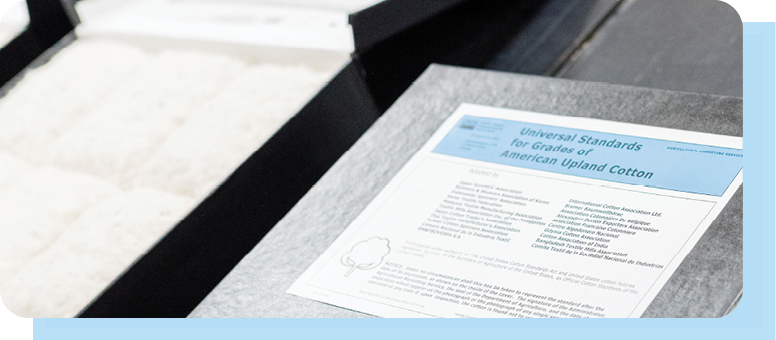

Ready to learn more?
Mistake #3: Not designing with circularity in mind
Sustainability is at the forefront of nearly every company’s messaging and marketing strategies—but is it at the forefront of your product design and development? Consider creating a product with durability, recyclability, and biodegradability in mind, all factors that contribute to a circular economy. By starting with cotton, you’re already on the path to a circular product.
First, creating a more durable product can allow the product to endure use after use. While cotton already boasts innate durability, it can also be enhanced through functional finishing or blending with other high-performance fibers. For example, Cotton Incorporated’s TOUGH COTTON™ performance technology is a finish that can stand up to wear and tear on both knit and woven fabrics, displaying a unique combination of abrasion resistance, strength, and colorfastness throughout the life of the garment.
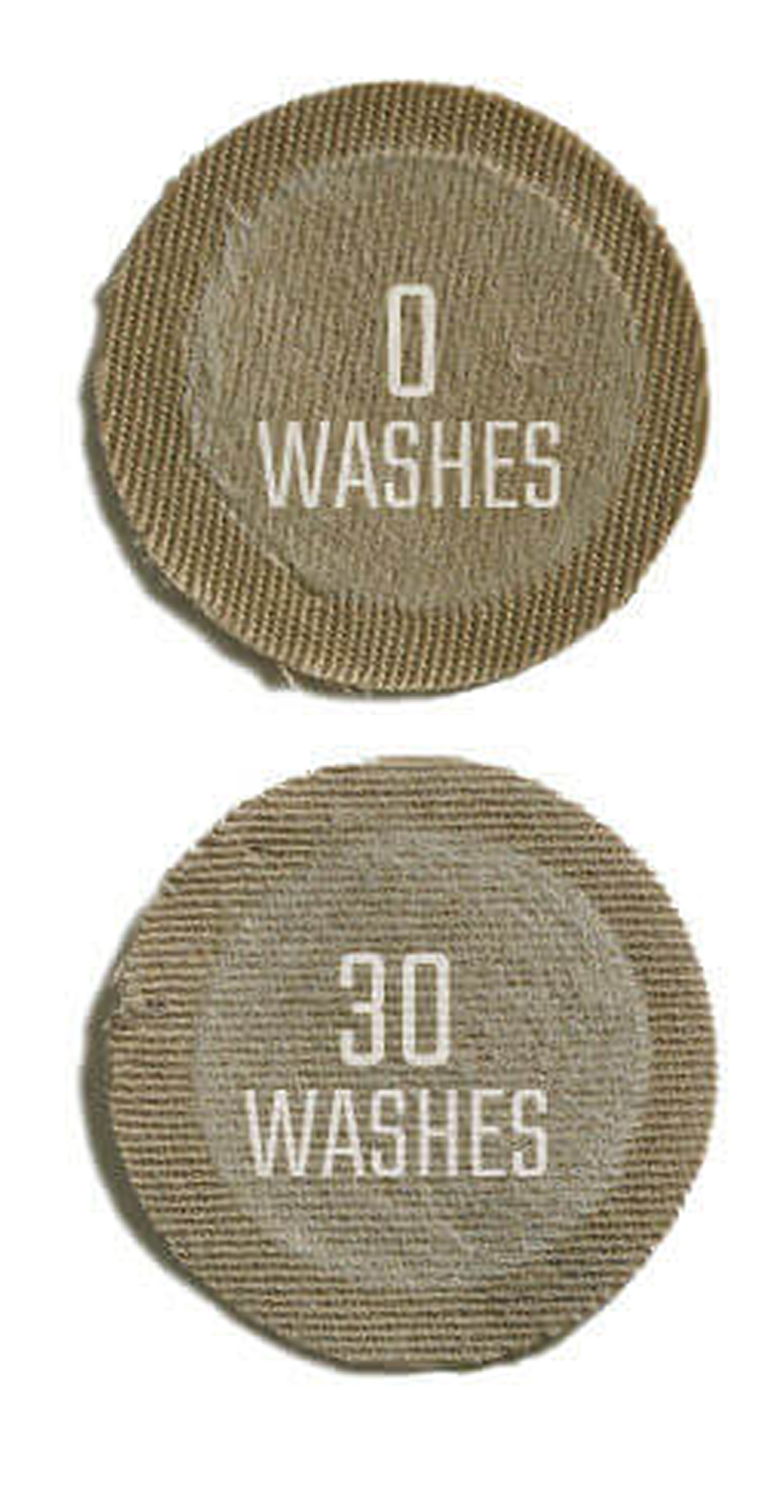
Cotton’s sustainable journey doesn’t have to stop at the manufacturing level. While recycled cotton is not a new concept in the textile and apparel market, the interest in it continues to grow as manufacturers, brands, and retailers evaluate their supply chain footprint and sustainability goals. Through recycling, cotton products can find a new life instead of heading to the landfill.
Finally, cotton’s ability to biodegrade can close the loop—from earth to earth. Cotton is the natural choice for your contribution to the circular economy.
Ready to learn more?


